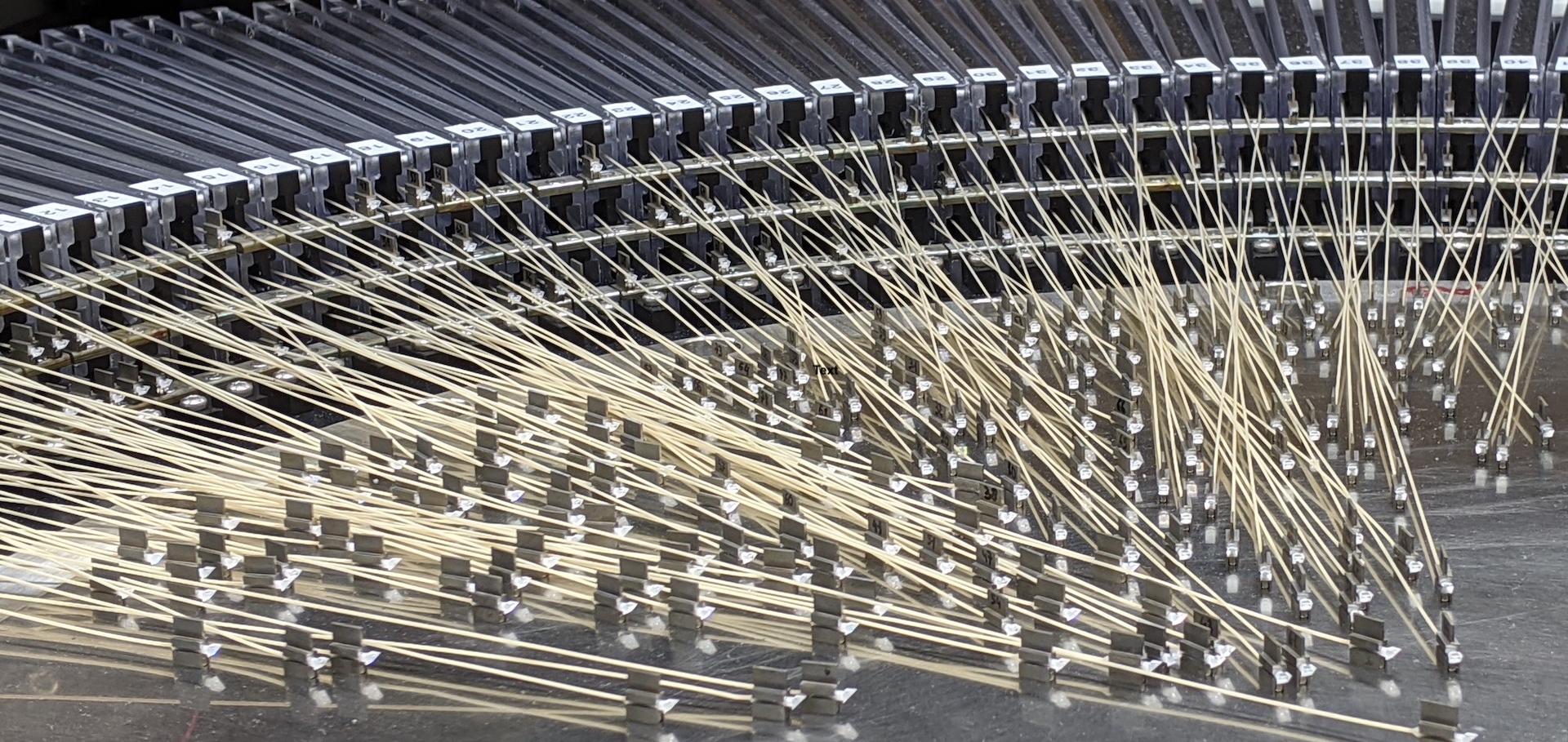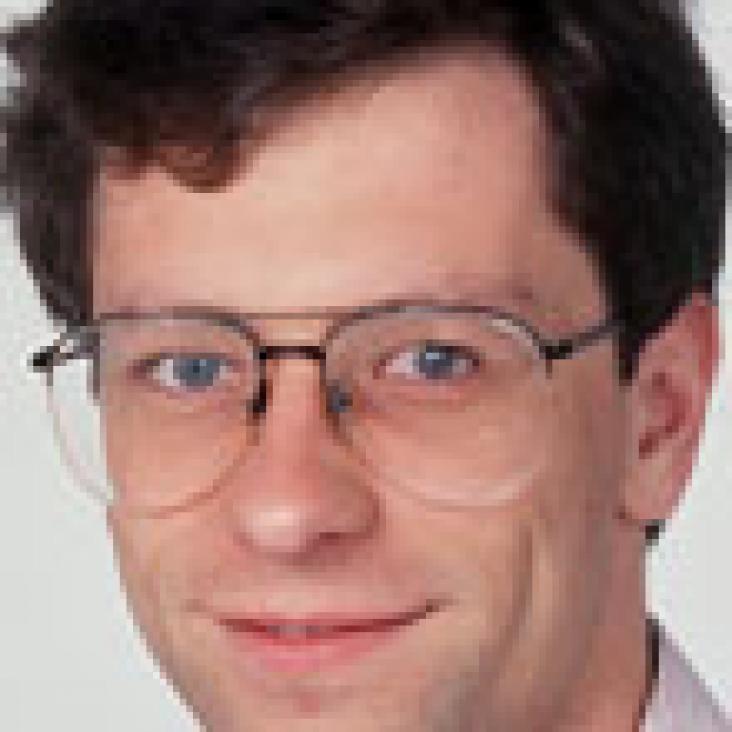Multi-object spectroscopy with the European ELT: Scientific synergies between EAGLE & EVE
Proceedings of SPIE - The International Society for Optical Engineering 8446 (2012)
Abstract:
The EAGLE and EVE Phase A studies for instruments for the European Extremely Large Telescope (E-ELT) originated from related top-level scientific questions, but employed different (yet complementary) methods to deliver the required observations. We re-examine the motivations for a multi-object spectrograph (MOS) on the E-ELT and present a unified set of requirements for a versatile instrument. Such a MOS would exploit the excellent spatial resolution in the near-infrared envisaged for EAGLE, combined with aspects of the spectral coverage and large multiplex of EVE. We briefly discuss the top-level systems which could satisfy these requirements in a single instrument at one of the Nasmyth foci of the E-ELT. © 2012 SPIE.Subaru FMOS now and future
Proceedings of SPIE - The International Society for Optical Engineering 8446 (2012)
Abstract:
Fiber Multi Object Spectrograph "FMOS" on Subaru Telescope is capable of configuring 400 fibers on the 30-arcmin diameter field of view at the prime focus for near-infrared (0.9-1.8 μm) spectroscopy, and this instrument has been open as a common-use instrument since May 2010. In this article, an overview of the instrument is given first, and then the typical operational sequence in science observation and a few notable features of the instrument are explained. In §§ 5, the instrument performance in terms of fiber positioning, auto guiding, and sensitivity to emission lines are highlighted. Recently (since March 2012) a Subaru Strategic Program (SSP) has started with FMOS to conduct a wide-field galaxy survey for a cosmological experiment. Upgrading fiber configuration by using a "metrology camera" has also been under discussion, which will enable to measure the positions of the 400 fibers quickly and shorten the fiber configuration time significantly. We will also report the status of these recent activities. © 2012 SPIE.VIRUS: Production of a massively replicated 33k fiber integral field spectrograph for the upgraded Hobby-Eberly Telescope
Proceedings of SPIE - The International Society for Optical Engineering 8446 (2012)
Abstract:
The Visible Integral-field Replicable Unit Spectrograph (VIRUS) consists of a baseline build of 150 identical spectrographs (arrayed as 75 units, each with a pair of spectrographs) fed by 33,600 fibers, each 1.5 arcsec diameter, deployed over the 22 arcminute field of the upgraded 10 m Hobby-Eberly Telescope (HET). The goal is to deploy 82 units. VIRUS has a fixed bandpass of 350-550 nm and resolving power R∼700. VIRUS is the first example of industrial-scale replication applied to optical astronomy and is capable of spectral surveys of large areas of sky. This approach, in which a relatively simple, inexpensive, unit spectrograph is copied in large numbers, offers significant savings of engineering effort, cost, and schedule when compared to traditional instruments. The main motivator for VIRUS is to map the evolution of dark energy for the Hobby-Eberly Telescope Dark Energy Experiment (HETDEX‡) using 0.8M Lyman-α emitting galaxies as tracers. The full VIRUS array is due to be deployed by early 2014 and will provide a powerful new facility instrument for the HET, well suited to the survey niche of the telescope. VIRUS and HET will open up wide-field surveys of the emission-line universe for the first time. We present the production design and current status of VIRUS. © 2012 SPIE.WEAVE: The next generation wide-field spectroscopy facility for the William Herschel Telescope
Proceedings of SPIE - The International Society for Optical Engineering 8446 (2012)
Abstract:
We present the preliminary design of the WEAVE next generation spectroscopy facility for the William Herschel Telescope (WHT), principally targeting optical ground-based follow up of upcoming ground-based (LOFAR) and space-based (Gaia) surveys. WEAVE is a multi-object and multi-IFU facility utilizing a new 2 degree prime focus field of view at the WHT, with a buffered pick and place positioner system hosting 1000 multi-object (MOS) fibres or up to 30 integral field units for each observation. The fibres are fed to a single spectrograph, with a pair of 8k(spectral) x 6k (spatial) pixel cameras, located within the WHT GHRIL enclosure on the telescope Nasmyth platform, supporting observations at R-5000 over the full 370-1000nm wavelength range in a single exposure, or a high resolution mode with limited coverage in each arm at R-20000. © 2012 SPIE.FMOS near-IR spectroscopy of herschel-selected galaxies: Star formation rates, metallicity and dust attenuation at z ~ 1
Monthly Notices of the Royal Astronomical Society 426:3 (2012) 1782-1792


